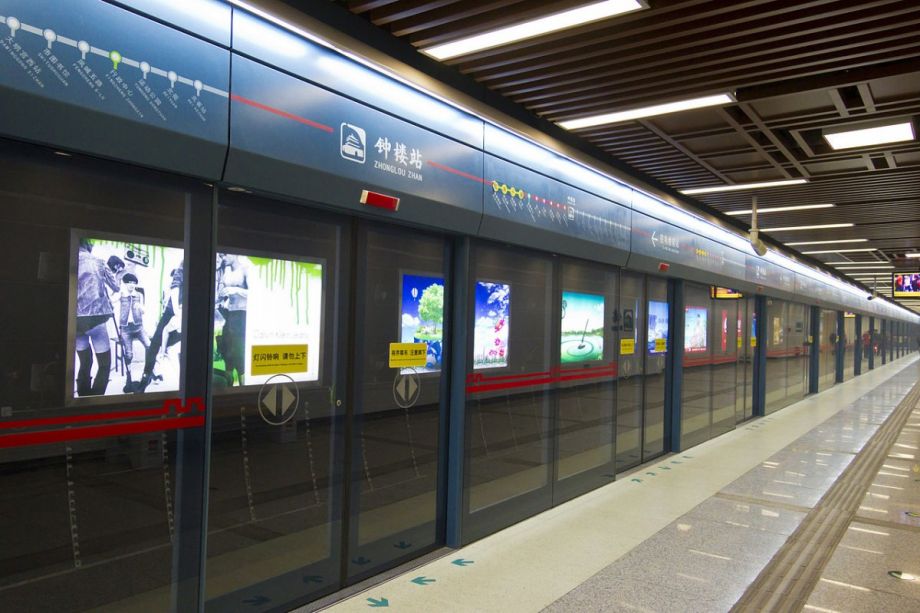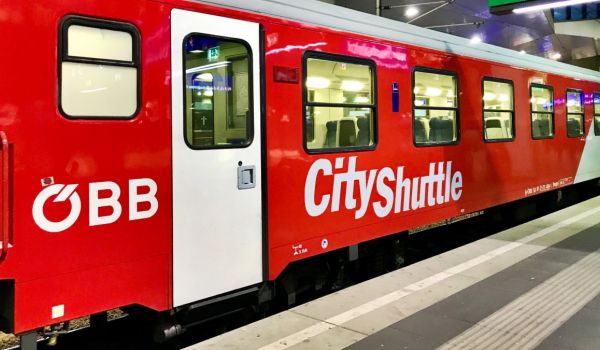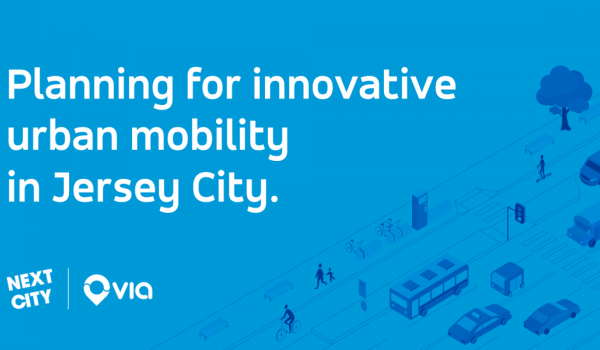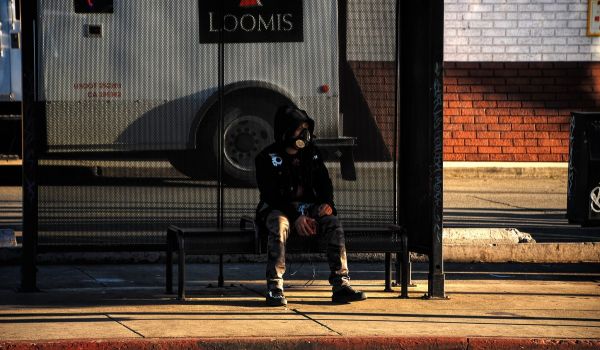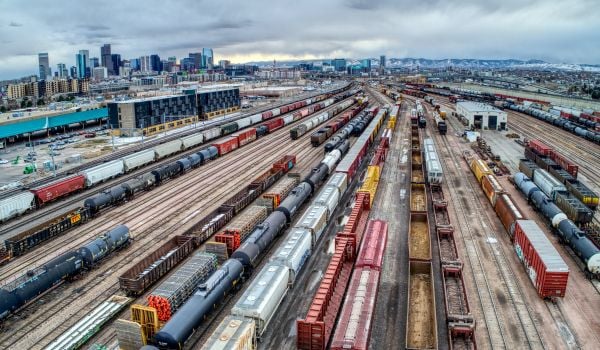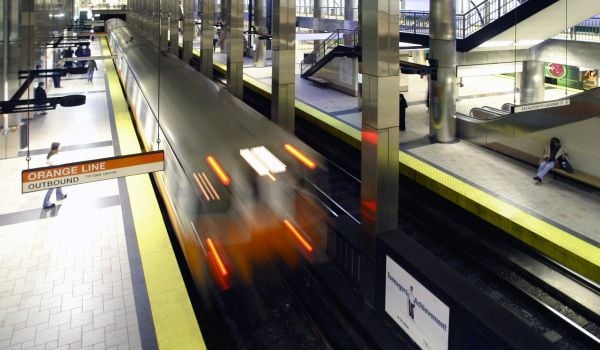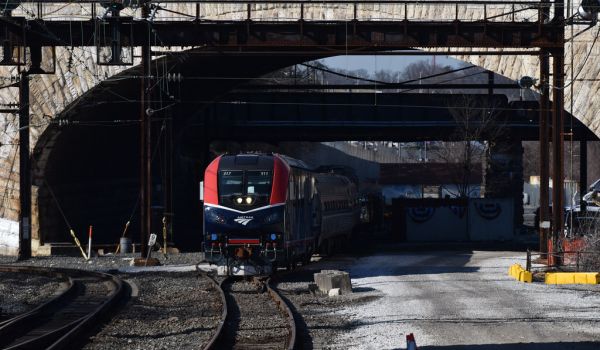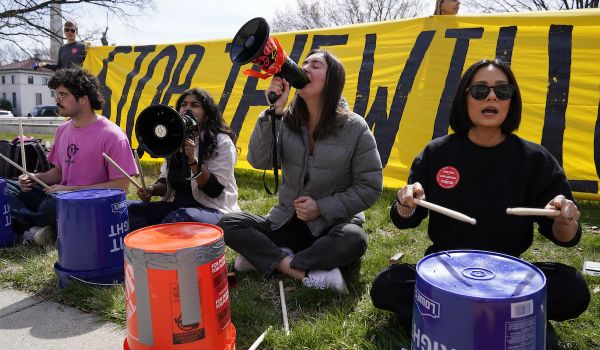Our weekly “New Starts” roundup of new and newsworthy transportation developments worldwide.
New Rail Lines Open in Seven Chinese Cities
The spread of rail rapid transit throughout urban China has been proceeding at a steady clip for several years now. And while attention was mainly focused on the contrast between pro-democracy protests in Hong Kong and the runup to the Beijing government’s grand show of might to celebrate the 70th anniversary of the People’s Republic of China on Oct. 1, the pace of rail transit expansion also picked up a bit just ahead of the big event.
The International Railway Journal reports that seven Chinese cities cut the ribbon on new metro lines, extensions of existing lines, or new suburban rail lines in a five-day period between Sept. 25 and 29.
In Jiangsu province, the first metro line for Xuzhou entered service Sept. 28. The 22-km (13.7-mile), east-west Line 1 took five years to build at a cost of 16.3 billion yuan (U.S. $2.28 billion). The line runs entirely underground save for a 900-meter (.56-mile) elevated viaduct at its western end. In Xi’an in Shaanxi province, the new Airport Intercity Line connects to the northeast of the city and interchanges with metro Lines 1 and 2 along the way. The 29.3-km (28.2-mile) line has 10 stations, seven of them underground. It opened for service on Sept. 29. Three days earlier, a 6.1-km (3.8-mile) underground extension of metro Line 1 opened in Xi’an as well. The line is the first to connect Xi’an city with Xixian New Area and is seen as a key tool to integrate the two urban areas.
Five other cities opened line extensions just ahead of the anniversary. Wuhan opened the Caidan Line on Sept. 25. With the extension, metro Line 4 has 37 stations and extends for 48.6 km (30.2 miles). Wuxi added three stations and 5.2 km (3.2 miles) to the 29.4-km (18.3-mile), 24-station Line 1 on Sept. 28. In Shenzhen, a new extension of Line 5 completed a belt metro route around the city on Sept. 28. The 7.6-km (4.7-mile) extension adds five stations to the 40-km (24.9-mile) line. The extension also brings metro service to the Qianhai and Shekou Free Trade Zone in the southwest part of the city for the first time. Wenzhou opened an extension of its sole rail transit line, a suburban line running from Tongxing to Olympic Centre, in late September. The extension, which adds six stations and 19.1 km (11.9 miles) to the Olympic Centre end of the 34.4-km (21.4-mile) Line S1, brings rail service to the port city’s airport as well. Ningbo added 5.6 km (3.5 miles) to Line 3, the Ningfeng Line, on Sept. 28. The new extension runs from Gaotang Bridge to Minghui Road. Metro Report International reports that this line will be extended an additional 15.9 km (9.9 miles) next year, with the southern part of this six-station extension operated as a separate line.
Copenhagen Opens City Ring Metro Line
Metro Report International writes that the Danish capital of Copenhagen became the latest European city with a belt metro line on Sept. 29, when Queen Margrethe formally inaugurated service on metro line M3, the third automated metro line serving the city.
Line M3, which has also been dubbed “Cityringen,” connects the Nørrebro, Vesterbro and Østerbro districts with the city center and the main intercity railway station. The 15.5-km (9.6-mile) line has 17 stations, including interchanges with line M1 at Frederiksborg and line M2 at Kongens Nytorv.
Like Glasgow’s subway, Copenhagen’s ring line runs entirely underground, in twin tunnels. A 1.9-km (1.2-mile) spur connects the line to a maintenance and storage facility on the surface at Sydhavnen; this spur will become part of the future line M4, which will extend the spur five stations to Ny Ellebjerg with a branch running from Østerport to Nordhavn.
Baltimore Officials Demand Transit Funding Shift
It appears that what The Baltimore Sun called “the war on Baltimore” in an editorial blasting a previous decision to kill a transit project in Maryland’s largest city isn’t over yet. According to an article in Railway Track and Structures, what has Charm City leaders up in arms this time is the way the state transportation department is shifting funds around the state in response to overall cuts in infrastructure spending.
When Maryland Transportation Secretary Pete Rahn brought his “road show” tour of meetings to discuss transportation spending to Baltimore Sept. 27, RT&S reports, city officials grilled him about what they said was a $2 billion shortfall in transit capital funding over the next 10 years. Steve Sharkey, Baltimore City’s director of transportation, said the money was there but had been shifted to road projects in response to a 10 percent reduction in transportation capital spending statewide.
Rahn responded that the reason for the reduction in funding for Maryland Transit Administration projects is because the agency has completed its projects efficiently. But in addition to the canceled Red Line light metro, MTA Maryland has also had to shelve a regional rail station improvement project and work on a regional rail maintenance yard.
The day after Rahn swung through town, Baltimore lawmakers demanded that the secretary replace the funding that was shifted away from Baltimore-area transit projects. Rahn replied that the only way he could do that was to divert spending from elsewhere in the state.
Malaysia Punts Once More on International Metro Line
At the rate things are going on opposite sides of the Straits of Johor, Malaysians and Singaporeans may be waiting a good long time before they get to ride that cross-strait metro connecting the two countries announced to much fanfare at the start of 2018.
According to Metro Report International, the Malaysian government has requested that the Sept. 30 date that development work was to resume on the line connecting Singapore with Johor Bahru be pushed back one more month to Oct. 31. As it did when Malaysia requested the first delay back in June, Singapore said it would honor the request “in the spirit of bilateral cooperation.” Singapore agreed not to hold Malaysia responsible for the costs Singapore would incur as a result of this further delay but said that should Malaysia request a further delay in the resumption of work, it might claim additional costs from that point.
Know of a project that should be featured in this column? Send a Tweet with links to @MarketStEl using the hashtag #newstarts.

Next City contributor Sandy Smith is the home and real estate editor at Philadelphia magazine. Over the years, his work has appeared in Hidden City Philadelphia, the Philadelphia Inquirer and other local and regional publications. His interest in cities stretches back to his youth in Kansas City, and his career in journalism and media relations extends back that far as well.
Follow Sandy .(JavaScript must be enabled to view this email address)

